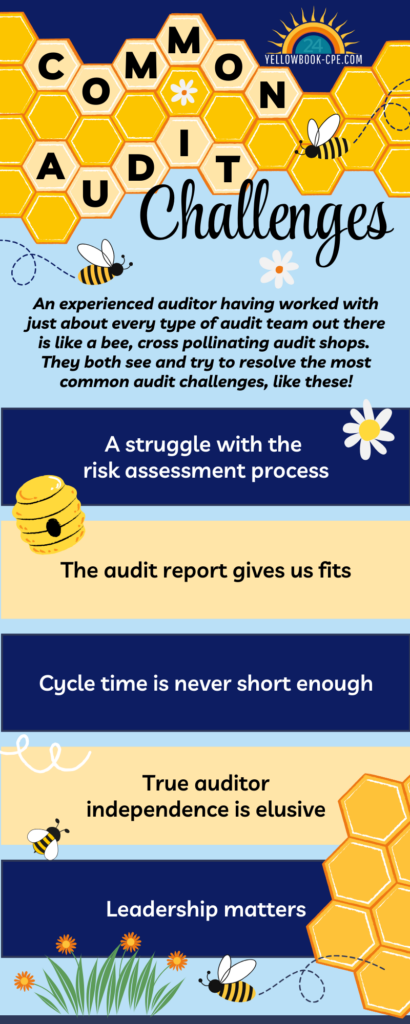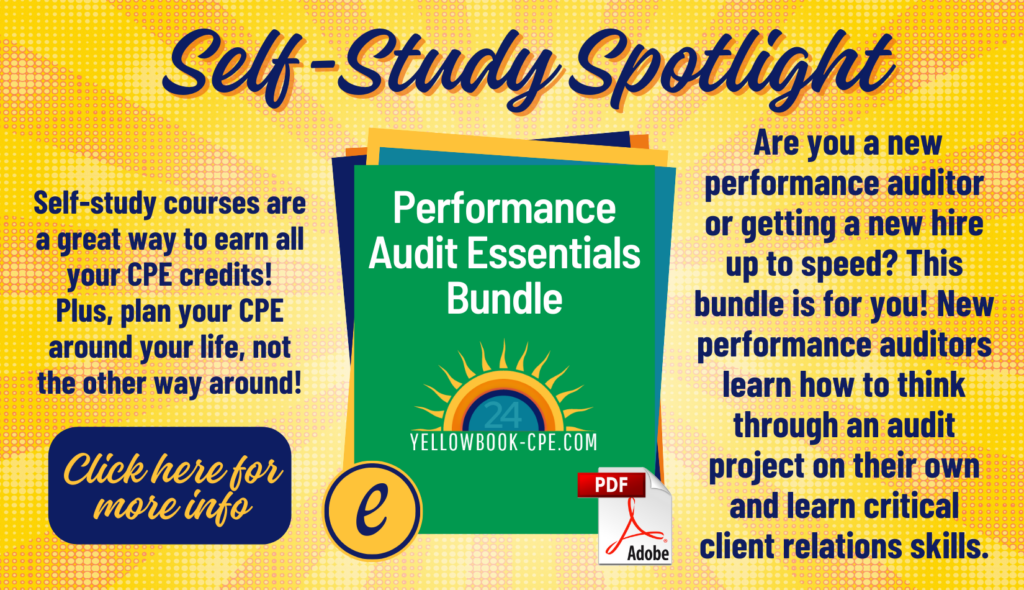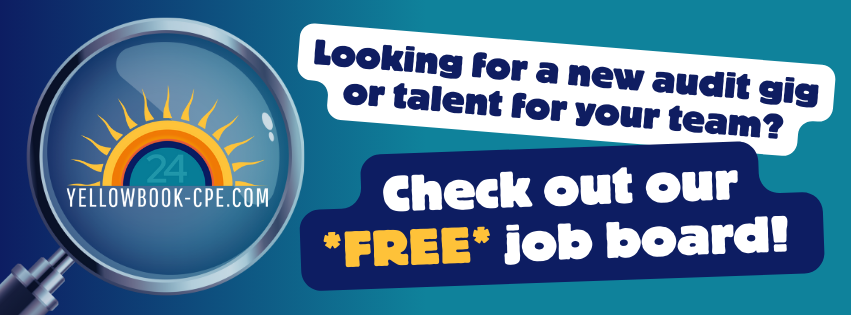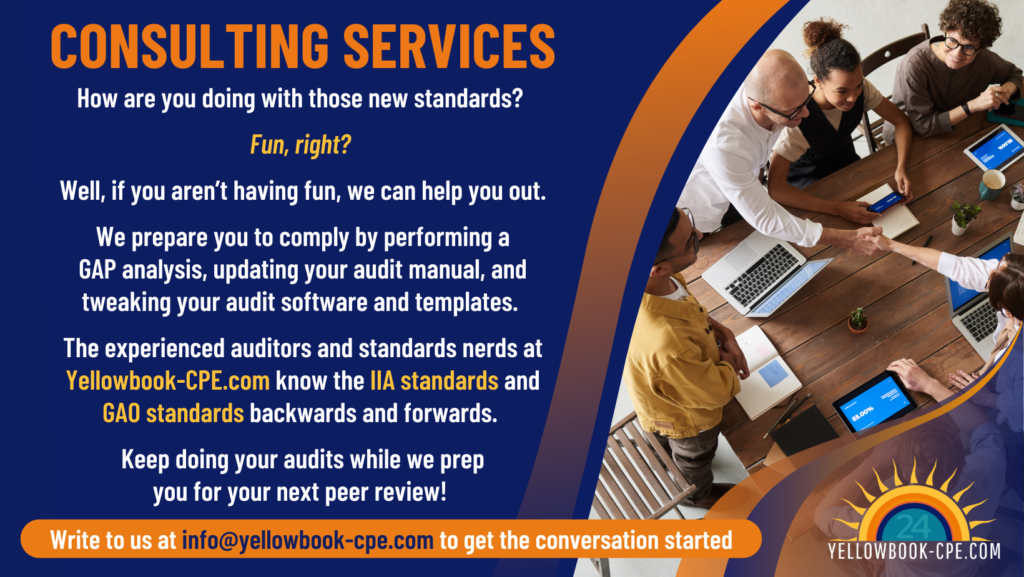I am a sharer, a disseminator, and a bug-like genetic slave to my professional function as a teacher and an author.
Think of me as a little bee, flitting from flower to flower, spreading delicate yellow pollen… Wait! If you have ever met me in person, that image won’t work. No one has ever called me ‘little’ unless talking about my brain capacity.
Physically, I am more akin to John Belushi’s character on Saturday Night Live, the Killer Bee. I smoke occasionally, am overweight and have more than a little attitude.

But since I have worked with just about every type and shape of audit team there is, I end up acting as a bee, cross pollinating audit shops. I both see and try to resolve the common audit challenges that face most teams.
I’ve worked with all levels of government auditors and monitors, CPA firms and Fortune 5 internal auditors. I’ve worked with universities, the military and and and….
I’m covered in pollen. 🙂
So what do I see as I flit from flower to flower?
If you could see what I see as I buzz around, you probably would say to yourself, “Oh, that looks familiar. We have an issue with that, too!”
Even though each audit team views itself as entirely unique and unlike anyone else, they struggle with the same common audit challenges as the next flower… I mean audit team.
That is not to minimize the struggle (because the struggle is real), but instead to bond us together as a profession (Hey, no one else wants to bond with us…)
Here are a few of the common audit challenges I see as I flit from audit team to audit team:
A struggle with the risk assessment process
Anyone claiming to have a perfect risk assessment process is full of it… and I’m not talking about honey!
Big corporations pay top consultants to show them the best risk assessment processes. And being the killer bee that I am, I can always shoot holes in their processes.
These so-called ‘super methods’ don’t work in the field, or even in the classroom. Some are burdensomely detailed, while others’ vagueness causes audit teams to fly around aimlessly, working themselves into a frenzy.
This is, without a doubt, the most important step of the audit. And as a profession we still don’t have it right. But, we can look to the AICPA who has the best available guidance for auditor risk assessment.
The audit report gives us fits
That is, audit reports give auditors fits if the auditor cares about them. Some audit teams think the audit report is the least significant part of their work. These folks pay their final product little mind.
But internal auditors, who seem to care more about their reports than CPA firms do, sometimes drive themselves crazy trying to get the font right. They spend as much time on the report as they do on the audit, passing it back and forth, tweaking it, crafting it… often for no more than incremental improvements.
All auditors could benefit from the guidance regarding reporting offered by chapter 9 of the GAO’s Yellow Book.
Cycle time is never short enough
Because CPA firms recognize that each project can generate a profit or a loss, these auditors move at an exponentially faster pace than government auditors. Government auditors are the most likely to have broad audit objectives, which ultimately cause most long, drawn-out, never-ending audits.
Regardless of bee type, all leadership prefers their audit teams to complete projects faster because everyone’s resources are limited.
These leaders might look to the GAO who best describes the parameters of an audit project in chapter 8 of the Yellow Book.
True auditor independence is elusive
Internal auditors are employed by their audit victims, and CPA firms get hired and paid by theirs. Some auditors actually report directly to their main audit victim, the Chief Financial Officer, who can squelch their results.
Of all auditors, legislative auditors have the best chance of being truly independent. And staying out of politics may allow them to tell the truth without suffering painful consequences.
The GAO, who is the legislative auditor for the federal government, does the best job with the concept of independence in Chapter 3 of the Yellow Book.
Leadership matters
Getting the technical aspects of an audit right is hard enough. But add to it a weak leader, and team members might as well study for some sort of professional certification during work time instead of working on an audit project, because conducting an audit is going to be torturous and the resulting report will likely be missing teeth.
No amount of training or technical competence can overcome a leader who can’t articulate his or her expectations and refuses to get their hands dirty by directing the team.
Of all the audit standards, the IIA standards best define the role of the audit executive.
What is a poor bee to do?
To overcome these challenges, we auditors have to pick our heads up out of the day-to-day work of making honey – excuse me – performing audits – and learn from other auditors and professions. But make sure you gather plenty of ideas because hot audit trends like “agile” may not work for your team and you’ll need to find another solution.
All professionals should have bee friends from other hives with whom they can share multiple ideas, tools, and dilemmas.
Now that we are free to mingle again, I am happy to see swarms of auditors attending conferences and sharing the latest tools to overcome these common audit challenges.
Buzz, buzz! Baby.
Want to learn more?
The self-study Audit Reporting Bundle is just what you need to get up to speed! Complete the included two courses, one video and one self-study. Purchasing as a bundle saves $75 and provides 11 hours of Yellow Book qualifying CPE credit. By the end, you’ll be able to differentiate among the contents of a performance audit report. That includes the audit objective, scope and methodology, and audit results.
Need more in-depth training? Leita invites you to one of her most popular classes, the Virtual Audit Bootcamp scheduled for December 9-13. Students explore each phase of conducting a government audit while complying with significant Yellow Book and IIA standards. Learn and create key audit deliverables (such as objectives, risk assessment, key controls, findings, tests, and audit documentation) to succeed as an auditor. And there’s a bonus to help you develop your interviewing skills! Earn 7 extra hours of CPE at your own pace with a complimentary self-study course, Interviewing Skills for Auditors.






 Yellowbook-CPE.com is registered with the National Association of State Boards of Accountancy (NASBA) as a sponsor of continuing professional education on the National Registry of CPE Sponsors. State boards of accountancy have final authority on the acceptance of individual courses for CPE credit. Complaints regarding registered sponsors may be submitted to the National Registry of CPE Sponsors through its website:
Yellowbook-CPE.com is registered with the National Association of State Boards of Accountancy (NASBA) as a sponsor of continuing professional education on the National Registry of CPE Sponsors. State boards of accountancy have final authority on the acceptance of individual courses for CPE credit. Complaints regarding registered sponsors may be submitted to the National Registry of CPE Sponsors through its website: